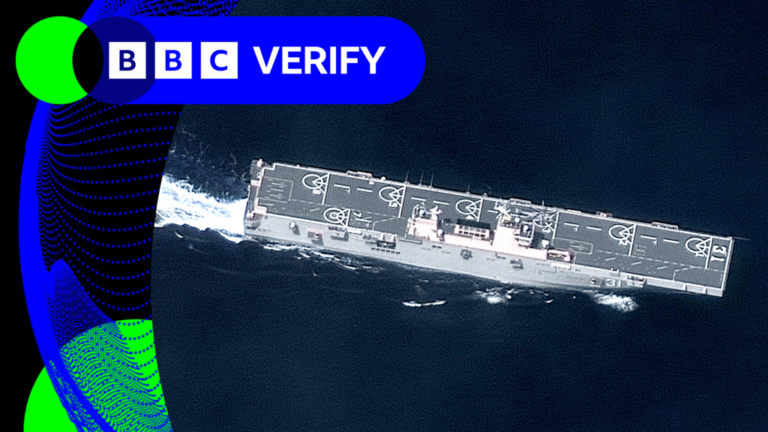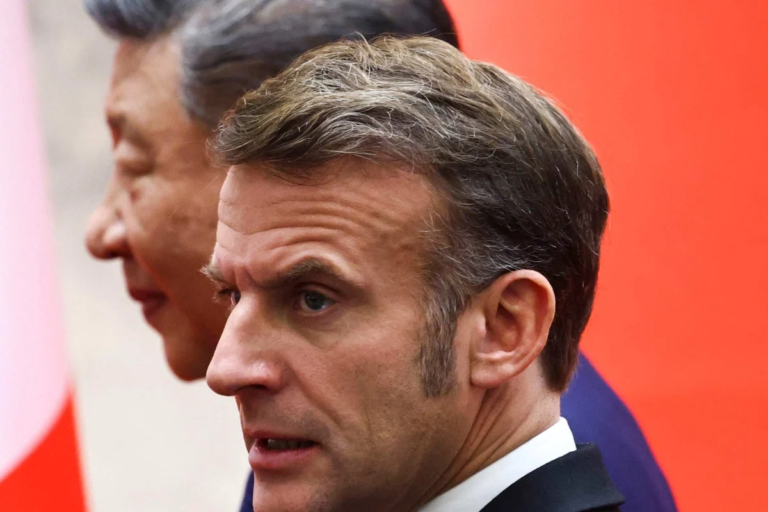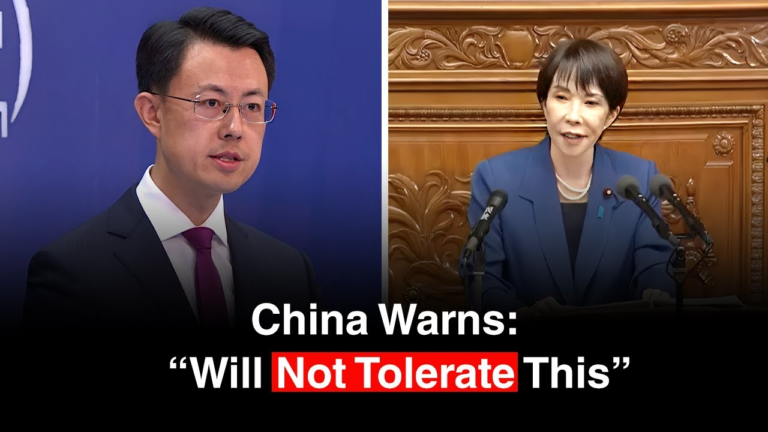
New Zealand released Monday a defense plan under which spending would rise to 2% of gross domestic product from the current 1% within eight years, aiming to strengthen deterrence with an eye toward China.
The Defence Capability Plan — New Zealand’s first since 2019 and the first to come out under Prime Minister Christopher Luxon — includes a commitment of 12 billion New Zealand dollars ($6.6 billion) in funding over the next four years, with a NZ$9 billion in newly announced spending. The country now spends around NZ$5 billion a year on defense.
In a significant shift in national priorities, the New Zealand government is reportedly considering a substantial increase in defence spending, with a long-term goal of reaching 2% of the country’s Gross Domestic Product (GDP). The move would represent a notable departure from current spending levels and reflects growing concerns about regional security and the need to modernize the nation’s armed forces.
While details are still under discussion, sources within the government have indicated that the proposal stems from a comprehensive review of New Zealand’s defence capabilities and strategic environment. This comes amid increasing geopolitical tensions in the Indo-Pacific region and a renewed focus on maritime security.
Currently, New Zealand’s defence spending hovers around 1.5% of GDP, a figure that has drawn criticism from some quarters who argue it is insufficient to meet the challenges posed by the evolving security landscape. Reaching the 2% target would require a considerable injection of funds into the defence budget, potentially impacting other areas of government spending.
“The government recognizes the importance of a well-equipped and capable defence force to protect New Zealand’s interests and contribute to regional stability,” a statement released from the Prime Minister’s office stated. “We are committed to ensuring our defence personnel have the resources they need to effectively carry out their duties.”
While the government has emphasized its commitment to international cooperation and peacekeeping operations, the proposed increase in defence spending suggests a greater emphasis on national self-reliance. Potential areas for increased investment include upgrading existing military hardware, investing in new technologies such as cyber security and drone capabilities, and enhancing maritime patrol and surveillance capabilities.
The announcement has already sparked debate within New Zealand. Supporters argue that a stronger defence force is essential for deterring potential threats, protecting New Zealand’s maritime borders, and providing humanitarian assistance in the Pacific region. Critics, however, raise concerns about the potential impact on social services and other critical areas of government spending, suggesting alternative ways to address security concerns through diplomacy and international collaboration.
“This is a significant decision with far-reaching implications,” stated Dr. Emily Carter, a political analyst specializing in defence policy at the University of Auckland. “The government will need to carefully consider the economic and social consequences of such a substantial increase in defence spending and clearly articulate the strategic rationale behind it to the public.”
The government is expected to release a more detailed defence policy statement in the coming months, outlining its vision for the future of New Zealand’s armed forces and providing a roadmap for achieving the 2% of GDP spending target. The debate over the future of New Zealand’s defence posture is likely to continue as the country grapples with its role in an increasingly complex and uncertain world.





